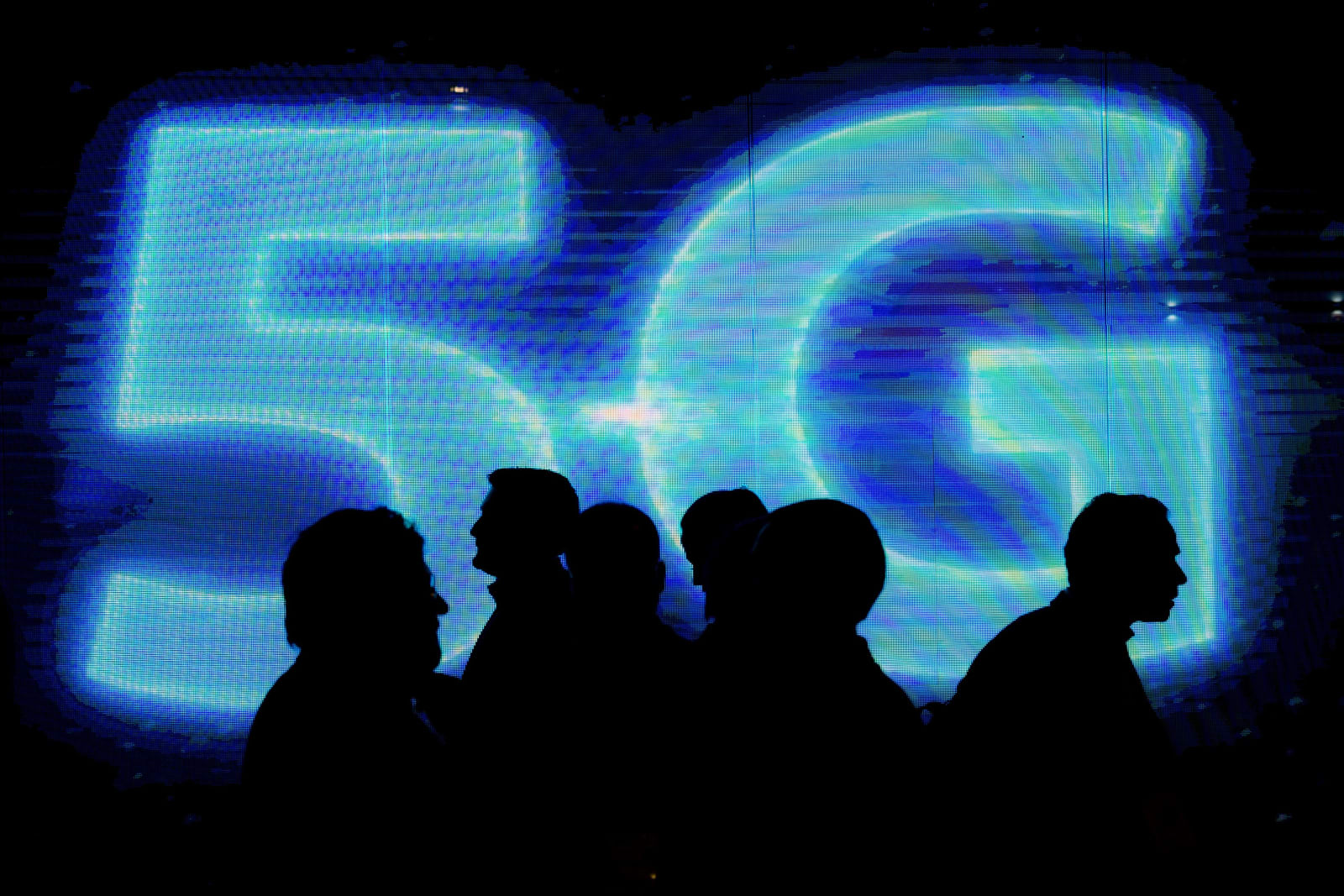Wireless networks already have to deal with increasingly crowded waves, and that’s only going to get worse when 5G rolls around. Any boost to the signal could lead to a big jump in performance, especially when you’re using very high frequencies that are more prone to interference. But how do you provide that boost? Researchers have an idea: ‘hover’ the antenna. They’ve developed millimeter wave antenna arrays that are almost entirely separated from the substrate you’d usually mount them on, preventing that substrate from weakening the signal like it does with conventional antennas.
They’ll also amplify the signal beyond that: new 3D printing techniques promise “lens” structures that focus and boost whatever signal comes out of the array.
The technology is still young, and there’s no mention of if or when it’ll come to market. However, it could be crucial to 5G and the next wave of broadband. It’ll be particularly vital for cellphones in cities, where a strong signal is crucial to overcoming crowded airspace, but it could also be helpful for bringing gigabit internet access to more homes. Instead of wiring whole neighborhoods with expensive and hard-to-deploy fiber optic lines, you could use these antennas to deliver fixed wireless with relatively little effort.
Source: RF Globalnet





